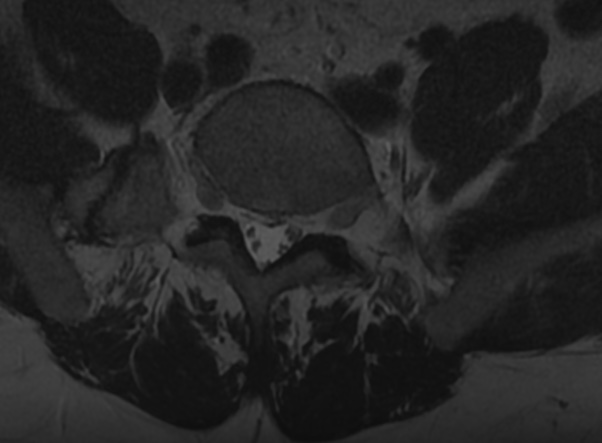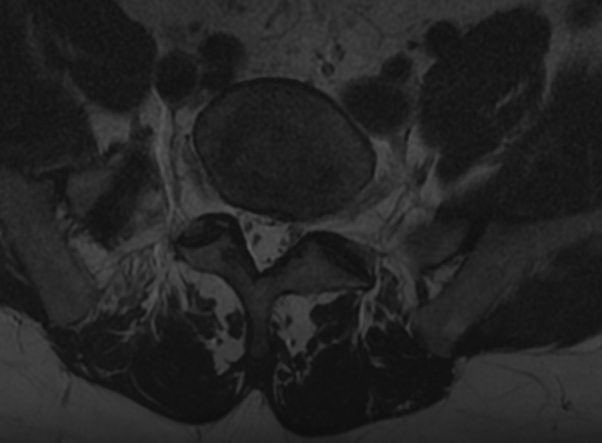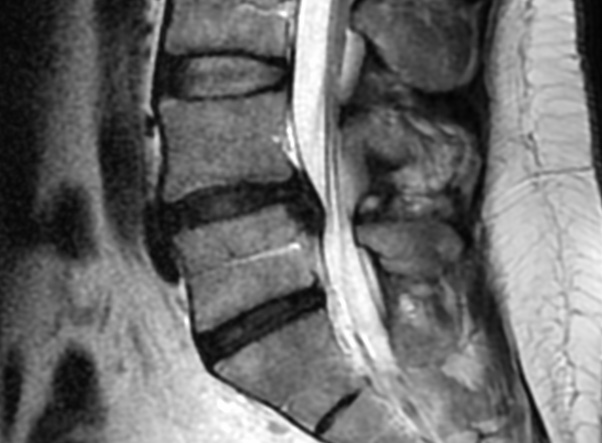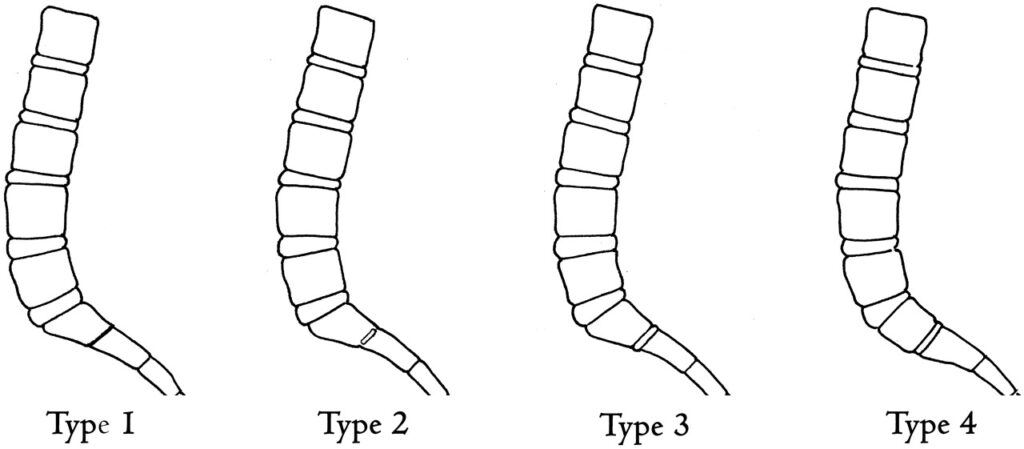


Bertolotti syndrome, the association between an LSTV and low back pain, is controversial and has been both supported and disputed since Bertolotti first described it in 1917.
Clinical diagnosis of exclusion, given prevalence of LSTV.
Although not initially described, the low back pain of this syndrome is currently thought to be of varying etiologies, subsequently arising from different locations:
1) disk, spinal canal, and posterior element pathology at the level above a transition
2) degeneration of the anomalous articulation between an LSTV and the sacrum
3) facet joint arthrosis contralateral to a unilateral fused or articulating LSTV
4) extraforaminal stenosis secondary to the presence of a broadened transverse process
In most of the literature that supports Bertolotti syndrome, the implicated transitional segments are Castellvi types II-IV. Castellvi states that type I LSTVs are of no clinical significance and are a “forme fruste” and therefore have no relation to what was initially described as Bertolotti syndrome.


Reference:
DOI: https://doi.org/10.3174/ajnr.A2036